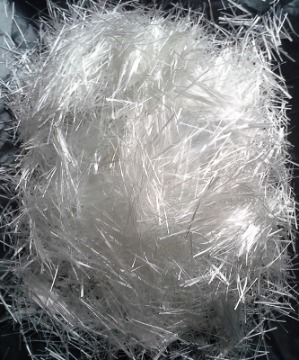
GFRC stands for Glass Fiber Reinforced Concrete. It is a type of composite material that consists of a mixture of cement, fine aggregates, water, and alkali-resistant glass fibers. GFRC is commonly used in architectural and decorative applications due to its high strength, lightweight properties, and design versatility.
The glass fibers used in GFRC are typically coated with a special sizing that makes them resistant to the alkaline environment of cementitious materials, allowing them to maintain their strength and integrity within the concrete matrix. The fibers are distributed evenly throughout the mixture, providing reinforcement that enhances the mechanical properties of the concrete.
GFRC is known for its several advantages, including:
- High strength: GFRC can have high flexural and tensile strength, which allows for thinner and lighter elements compared to traditional concrete. This makes it suitable for a wide range of architectural applications, including cladding, facades, panels, countertops, and other decorative features.
- Lightweight: GFRC is significantly lighter than traditional concrete, which makes it easier to handle, transport, and install. This can lead to reduced structural loads, simplified installation processes, and cost savings in terms of labor and transportation.
- Design versatility: GFRC can be molded into a variety of shapes, sizes, and textures, allowing for highly customized and intricate designs. It can mimic the appearance of natural stone, wood, or other materials, making it a popular choice for architectural and decorative applications where aesthetics are important.
- Durability: GFRC is resistant to environmental factors such as moisture, freeze-thaw cycles, and UV radiation, making it highly durable and suitable for outdoor applications. It is also resistant to corrosion, rot, and insect damage, which can further enhance its longevity.
- Thin sections: GFRC can be cast in thin sections, which allows for lightweight and slender elements that are ideal for architectural features such as facades, cornices, and moldings.
- Crack resistance: The addition of glass fibers in GFRC can enhance its crack resistance, reducing the potential for shrinkage cracks and improving its overall performance.
GFRC is typically produced using specialized manufacturing techniques, such as spray-up, premix, or hand-laid methods, and requires careful quality control and curing processes to ensure optimal performance. It is widely used in the construction industry for its unique combination of strength, lightweight properties, and design versatility, making it a popular choice for a wide range of architectural and decorative applications.